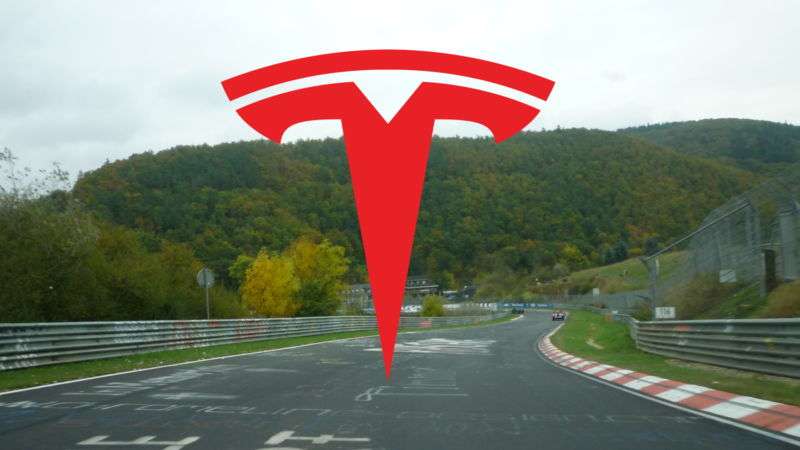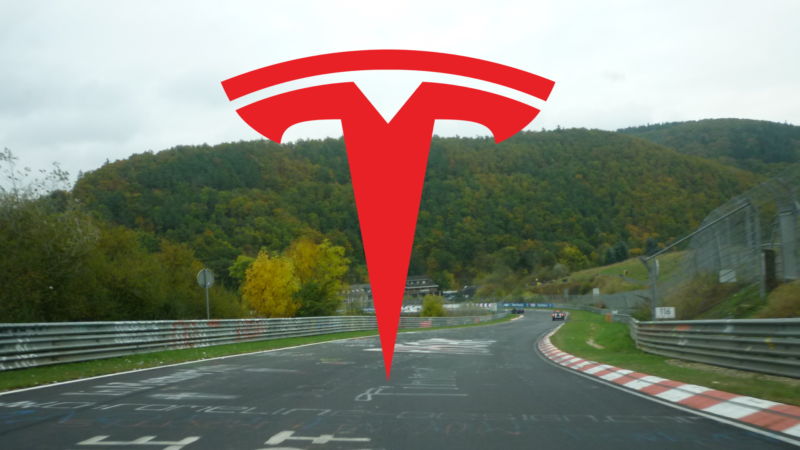
This simulator company reverse-engineered the Tesla Nürburgring lap

Enlarge (credit: elyob @ Flickr)
Last summer, a whole lot more people learned about the world’s gnarliest race track when Tesla announced that it was sending a Model S sedan to the Nürburgring Nordschleife. The 12.9-mile (20.8km) track was built as a make-work project during the Great Depression, and people still race there today, although it’s also widely used by car companies to develop their cars—or ruin them, if you believe that one episode of Top Gear. Tesla has been rather coy about the whole thing and hasn’t really elaborated on the full raft of modifications it made to the Model S that set an unofficial time of 7 minutes and 23 seconds. But that hasn’t stopped our friends at CXC Simulations from having a go at reverse-engineering things in silico.
I spoke to CXC’s boss, Chris Considine, and professional racer (and the only American driver to have won pole position at the Nordschleife) Jeff Westphal to find out the answers to important questions like how, and why, and was it fun?
“I saw the story about Tesla running at the Nürburgring, and then we saw the video of them running it at Laguna Seca as well and we thought ‘what if we tried to simulate this backwards, right?’ Instead of having all the data, and then creating a simulation based on that, what if we just take the lap time and all the information that we know and try and reverse engineer, essentially,” Considine told me.
Read 5 remaining paragraphs | Comments




